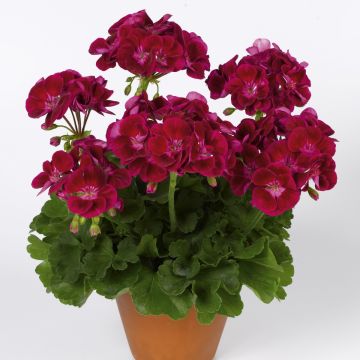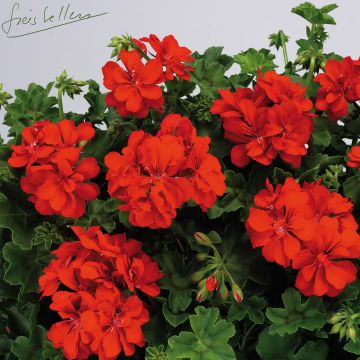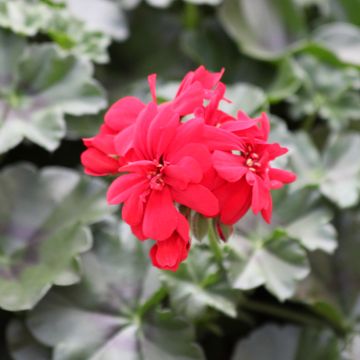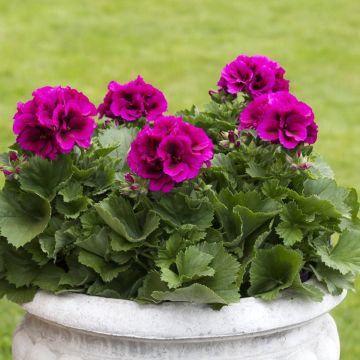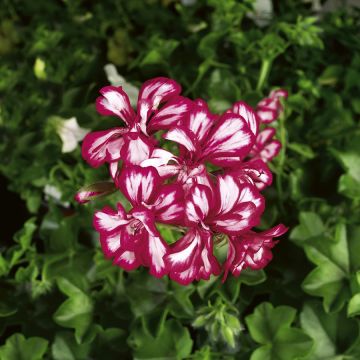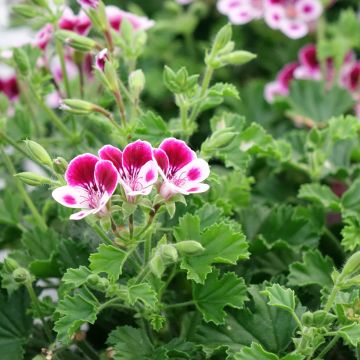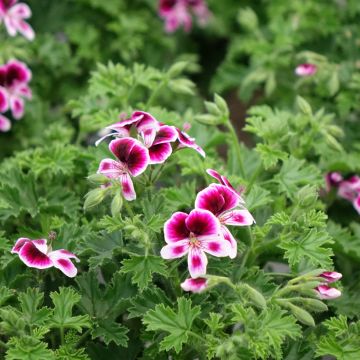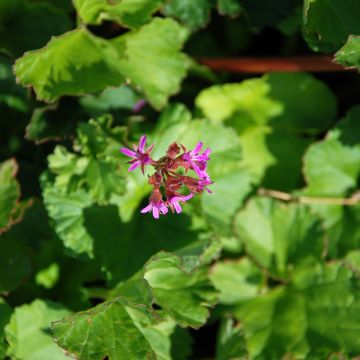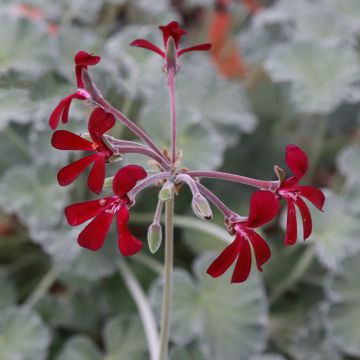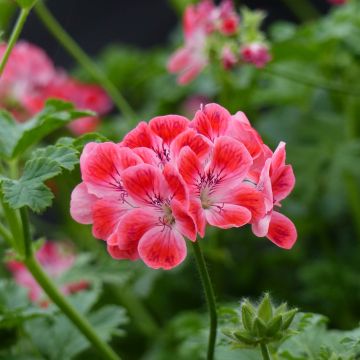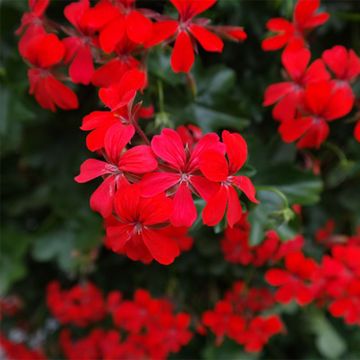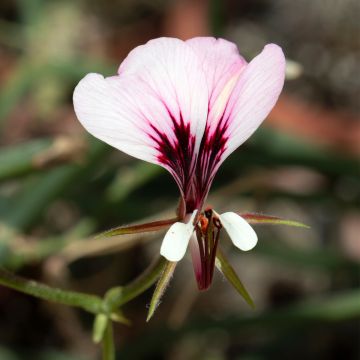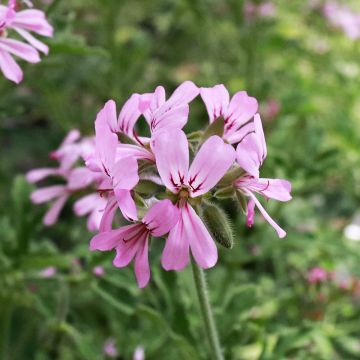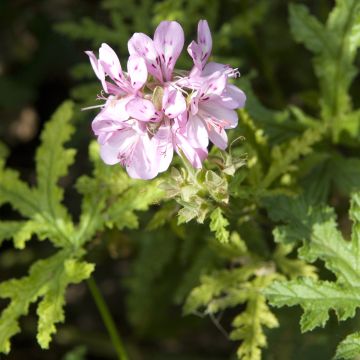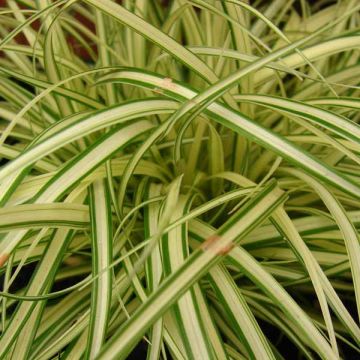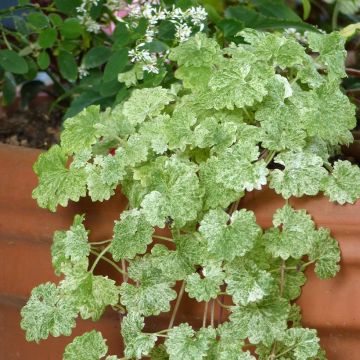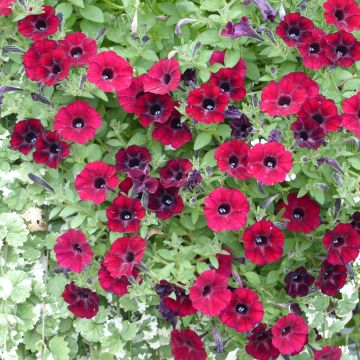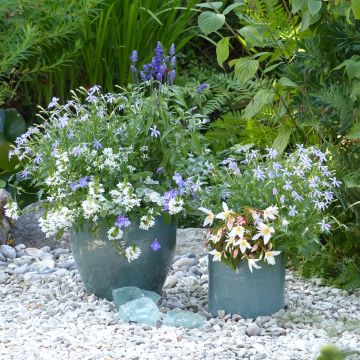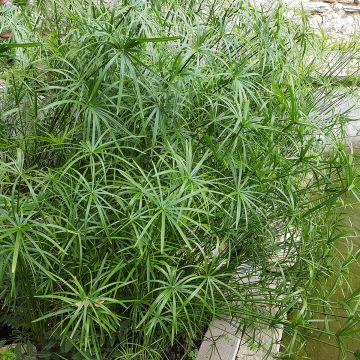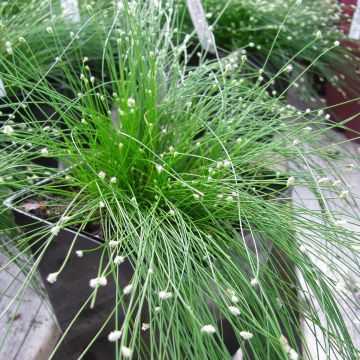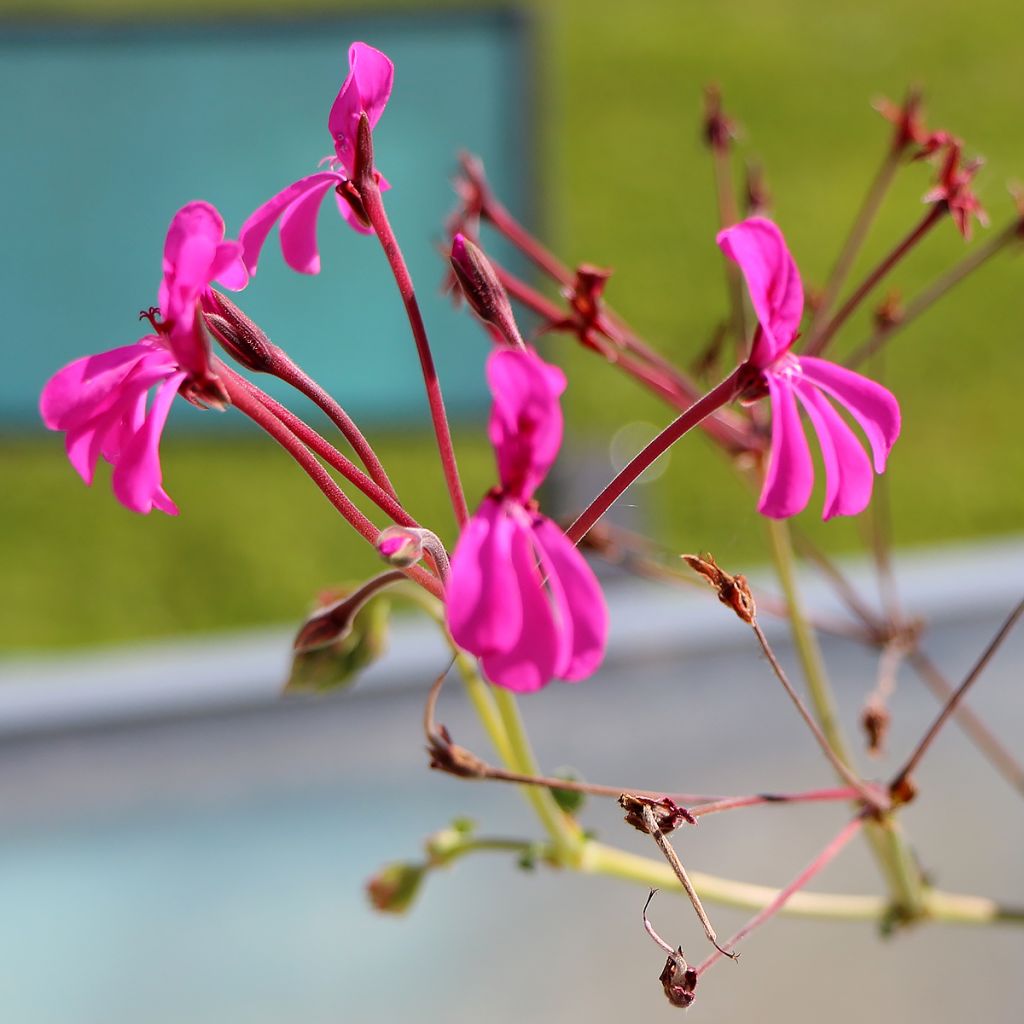

Pelargonium reniforme - Géranium botanique
Pelargonium reniforme
Pelargonium reniforme
Kidney-shaped geranium
Special offer!
Receive a €20 voucher for any order over €90 (excluding delivery costs, credit notes, and plastic-free options)!
1- Add your favorite plants to your cart.
2- Once you have reached €90, confirm your order (you can even choose the delivery date!).
3- As soon as your order is shipped, you will receive an email containing your voucher code, valid for 3 months (90 days).
Your voucher is unique and can only be used once, for any order with a minimum value of €20, excluding delivery costs.
Can be combined with other current offers, non-divisible and non-refundable.
Why not try an alternative variety in stock?
View all →This plant carries a 6 months recovery warranty
More information
We guarantee the quality of our plants for a full growing cycle, and will replace at our expense any plant that fails to recover under normal climatic and planting conditions.
Would this plant suit my garden?
Set up your Plantfit profile →
Description
Pelargonium reniforme, also known as the kidney-shaped geranium, is a South African botanical species that is rarely offered for sale. This "geranium" is valued for its beautiful velvety foliage, its long flowering season with vibrant magenta flowers, and its excellent drought resistance. This pelargonium also has an interesting growth habit that forms a low, spreading cushion in a rockery or container. Outside of coastal areas, it should be grown in a pot and overwintered frost-free.
Pelargonium reniforme is a wild plant native to the Eastern Cape in South Africa. It is quite commonly found in fairly dry areas that are regularly subjected to fires. It is a small evergreen shrub belonging to the Geraniaceae family. This species is known for its tuberous roots, which are used in herbal medicine. The plant typically reaches a height of 30 to 35cm (12 to 14in), but it spreads through its slightly suckering roots, occupying an area of 50 to 80cm (20 to 32in) in all directions. Its flowering branches are soft and downy, but its short main stem has a rough appearance. The evergreen foliage consists of reniform (kidney-shaped) or heart-shaped leaves with crenate or finely lobed margins. They usually measure 2 to 3cm (1in) in diameter. The presence of hairs gives these leaves a velvety texture. They boast a lovely green colour that is slightly bluish-grey. The lower surface of the leaves has thicker hairs and more pronounced veins. They are borne on long petioles. In our climate, flowering occurs from September to November. The flowers are arranged in umbels of three or more. They are a vibrant pink to magenta colour, with the upper two petals adorned with spots and stripes of a deeper pink.
Pelargonium reniforme will delight collectors of pelargoniums and geraniums. It forms large, flowering cushions for weeks during a time of year when they are scarce. Plant it where you can admire it and show it off. It will look wonderful in a rockery or along a path of a coastal garden. Alternatively, plant it in a pot on a patio or in a conservatory. Pelargoniums often delight us with their sometimes unexpected and wonderful scents. In mild climates, protected from frost, it requires no watering or maintenance, making it valuable for dry coastal gardens.
Report an error about the product description
Pelargonium reniforme in pictures
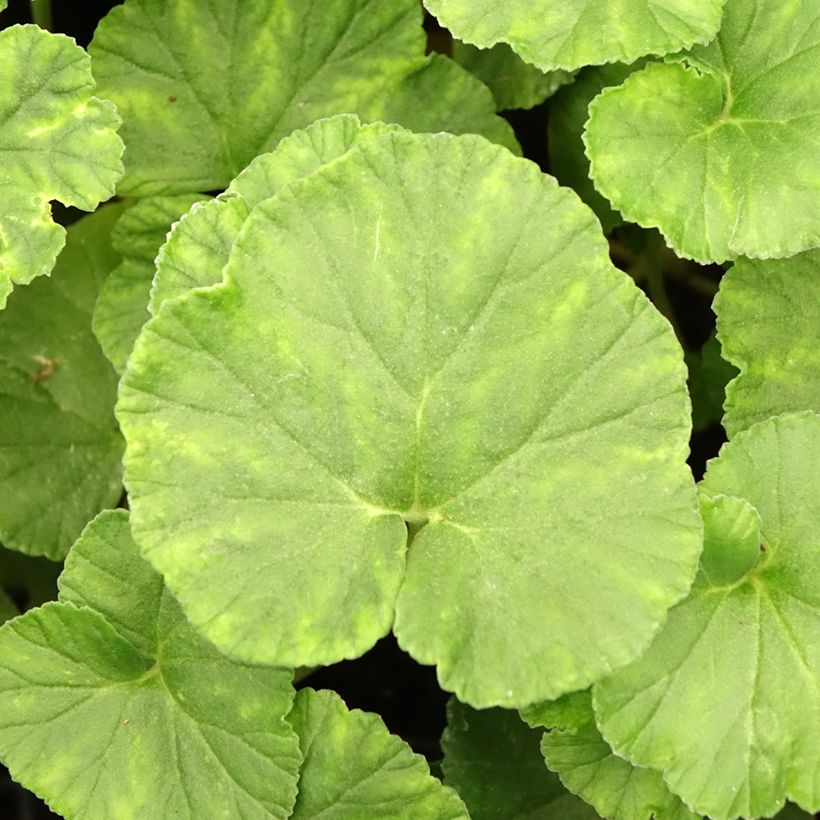

Flowering
Foliage
Plant habit
Botanical data
Pelargonium
reniforme
Geraniaceae
Kidney-shaped geranium
South Africa
Other Pelargonium - Geranium
View all →Planting and care
You can only plant these pelargoniums outside in gardens that are spared from heavy frost: the plant dies below -3°C (26.6°F). Elsewhere, they can be grown as an annual and planted after the last frost, in a sunny location. You can also plant them in a pot placed in a protected spot, which you will take out in May. The growing substrate should be well-drained and light.
Pelargoniums require well-drained soil, but not necessarily very rich. Water moderately. In a pot, more regular watering is necessary throughout the flowering period, then it should be reduced during the plant's rest period. You can keep your geraniums by bringing them indoors under a veranda or a cold greenhouse in winter. They can tolerate light frost, but will not survive winter in the garden, except by the seaside.
Planting period
Intended location
Care
This item has not been reviewed yet - be the first to leave a review about it.
Similar products
Haven't found what you were looking for?
Hardiness is the lowest winter temperature a plant can endure without suffering serious damage or even dying. However, hardiness is affected by location (a sheltered area, such as a patio), protection (winter cover) and soil type (hardiness is improved by well-drained soil).

Photo Sharing Terms & Conditions
In order to encourage gardeners to interact and share their experiences, Promesse de fleurs offers various media enabling content to be uploaded onto its Site - in particular via the ‘Photo sharing’ module.
The User agrees to refrain from:
- Posting any content that is illegal, prejudicial, insulting, racist, inciteful to hatred, revisionist, contrary to public decency, that infringes on privacy or on the privacy rights of third parties, in particular the publicity rights of persons and goods, intellectual property rights, or the right to privacy.
- Submitting content on behalf of a third party;
- Impersonate the identity of a third party and/or publish any personal information about a third party;
In general, the User undertakes to refrain from any unethical behaviour.
All Content (in particular text, comments, files, images, photos, videos, creative works, etc.), which may be subject to property or intellectual property rights, image or other private rights, shall remain the property of the User, subject to the limited rights granted by the terms of the licence granted by Promesse de fleurs as stated below. Users are at liberty to publish or not to publish such Content on the Site, notably via the ‘Photo Sharing’ facility, and accept that this Content shall be made public and freely accessible, notably on the Internet.
Users further acknowledge, undertake to have ,and guarantee that they hold all necessary rights and permissions to publish such material on the Site, in particular with regard to the legislation in force pertaining to any privacy, property, intellectual property, image, or contractual rights, or rights of any other nature. By publishing such Content on the Site, Users acknowledge accepting full liability as publishers of the Content within the meaning of the law, and grant Promesse de fleurs, free of charge, an inclusive, worldwide licence for the said Content for the entire duration of its publication, including all reproduction, representation, up/downloading, displaying, performing, transmission, and storage rights.
Users also grant permission for their name to be linked to the Content and accept that this link may not always be made available.
By engaging in posting material, Users consent to their Content becoming automatically accessible on the Internet, in particular on other sites and/or blogs and/or web pages of the Promesse de fleurs site, including in particular social pages and the Promesse de fleurs catalogue.
Users may secure the removal of entrusted content free of charge by issuing a simple request via our contact form.
The flowering period indicated on our website applies to countries and regions located in USDA zone 8 (France, the United Kingdom, Ireland, the Netherlands, etc.)
It will vary according to where you live:
- In zones 9 to 10 (Italy, Spain, Greece, etc.), flowering will occur about 2 to 4 weeks earlier.
- In zones 6 to 7 (Germany, Poland, Slovenia, and lower mountainous regions), flowering will be delayed by 2 to 3 weeks.
- In zone 5 (Central Europe, Scandinavia), blooming will be delayed by 3 to 5 weeks.
In temperate climates, pruning of spring-flowering shrubs (forsythia, spireas, etc.) should be done just after flowering.
Pruning of summer-flowering shrubs (Indian Lilac, Perovskia, etc.) can be done in winter or spring.
In cold regions as well as with frost-sensitive plants, avoid pruning too early when severe frosts may still occur.
The planting period indicated on our website applies to countries and regions located in USDA zone 8 (France, United Kingdom, Ireland, Netherlands).
It will vary according to where you live:
- In Mediterranean zones (Marseille, Madrid, Milan, etc.), autumn and winter are the best planting periods.
- In continental zones (Strasbourg, Munich, Vienna, etc.), delay planting by 2 to 3 weeks in spring and bring it forward by 2 to 4 weeks in autumn.
- In mountainous regions (the Alps, Pyrenees, Carpathians, etc.), it is best to plant in late spring (May-June) or late summer (August-September).
The harvesting period indicated on our website applies to countries and regions in USDA zone 8 (France, England, Ireland, the Netherlands).
In colder areas (Scandinavia, Poland, Austria...) fruit and vegetable harvests are likely to be delayed by 3-4 weeks.
In warmer areas (Italy, Spain, Greece, etc.), harvesting will probably take place earlier, depending on weather conditions.
The sowing periods indicated on our website apply to countries and regions within USDA Zone 8 (France, UK, Ireland, Netherlands).
In colder areas (Scandinavia, Poland, Austria...), delay any outdoor sowing by 3-4 weeks, or sow under glass.
In warmer climes (Italy, Spain, Greece, etc.), bring outdoor sowing forward by a few weeks.






























